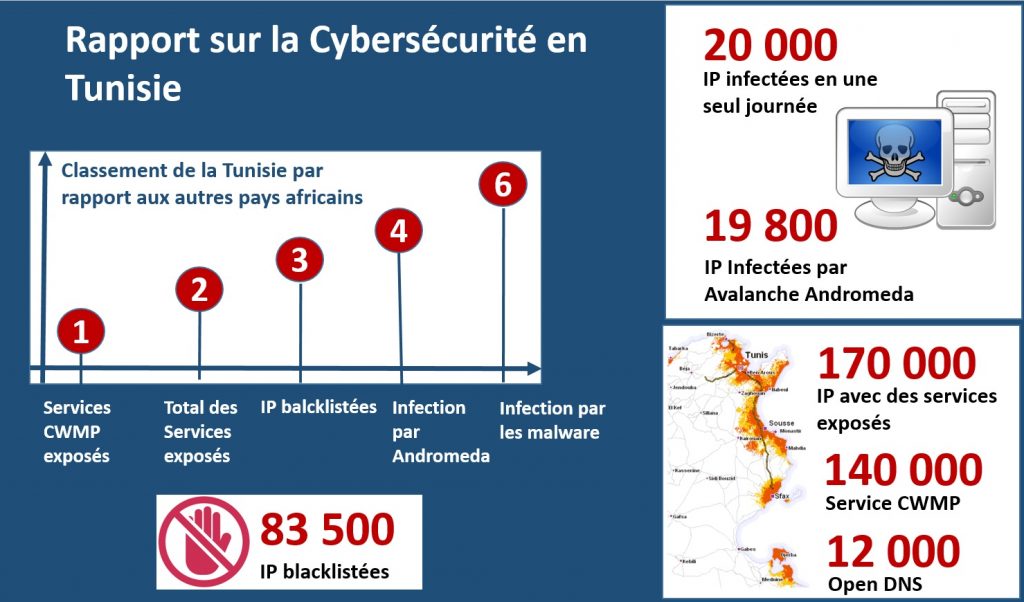Experts discovered how to take over Microsoft Teams accounts by just sending recipients a regular GIF, it works for both desktop and web Teams versions.
Microsoft has addressed a vulnerability in Teams workplace video chat and collaboration platform that could have allowed attackers to take Team accounts by sending participants a malicious link to an apparently innocent GIF image.
The vulnerability was discovered by researchers from CyberArk, it affects both desktop and web versions of the software. The researchers reported the issue to Microsoft on March 23 and the IT giant addressed it in an update released on April 20.
“We found that by leveraging a subdomain takeover vulnerability in Microsoft Teams, attackers could have used a malicious GIF to scrape user’s data and ultimately take over an organization’s entire roster of Teams accounts.” reads the analysis published by CyberArk.
“Since users wouldn’t have to share the GIF – just see it – to be impacted, vulnerabilities like this have the ability to spread automatically.”
The issue is critical because the video conferencing solutions such as Zoom and Microsoft Teams are the privileged communication channels chosen by businesses, students, and even government organizations during COVID-19 pandemic.
The flaw ties the way Microsoft Teams handles authentication to image resources. Upon opening the app, it creates an access token, a JSON Web Token (JWT), that allows a user to view images shared by the individual or others in a conversation.
To allow recipients to get the image intended for them, the app uses two authentication tokens: “authtoken” and “skypetoken.”
The ‘authtoken’ token is used authenticates users to load images in domains across Teams and Skype, it also generates the ‘skypetoken’ token, which is used to authenticate to a server that handles client’s action, such as reading messages.
An attacker who is in possession of both tokens could make calls through the Teams APIs and could take over an account. It could read/send messages, add or remove users, change permissions, and create groups,
Experts pointed out that the “authtoken” can be used only with a subdomain under “teams.microsoft.com,” but the researchers discovered two subdomains (aadsync-test.teams.microsoft.com and data-dev.teams.microsoft.com) that were vulnerable to subdomain takeover.
“If an attacker can somehow force a user to visit the sub-domains that have been taken over, the victim’s browser will send this cookie to the attacker’s server and the attacker (after receiving the authtoken) can create a skype token. After doing all of this, the attacker can steal the victim’s Teams account data.” continues the post.
An attacker could exploit the flaw by just sending a malicious link (i.e. a GIF image) to the victim, or to all members of a group chat. Then when the recipients open the message, the browser sends the authtoken cookies to the compromised sub-domain in the attempts to load the resource (i.e. the GIF image).

Once obtained the authtoken token, the attacker can create a skype token and therefore take over the victim’s account. The attack could be launched by attackers outside the target organization, for example by sending an invitation to a conference call and tricking the victims into opening the message.
“The victim will never know that they’ve been attacked, making the exploitation of this vulnerability stealthy and dangerous,” continues the analysis. “While limiting your organization to internal communication will reduce your exposure, we found that it is still possible to communicate with an outsider and any interaction that includes a chat interface with an outsider is enough to be affected by this vulnerability. A good example of this would be an invitation to a conference call with an outsider for a job interview.”
CyberArk researchers explained that the attack could spread automatically in a worm-like fashion compromising all the accounts in the target organization.
Experts also published a video POC exploit of this vulnerability.
